Improving your consistency in darts often comes down to understanding subtle adjustments in your setup, including addressing the concept of high darts. Focusing on a consistent release point and trajectory is key; this article delves into techniques for achieving more accurate high darts, along with related skills and strategies for overall game improvement.
⚠️ Still Using Pen & Paper (or a Chalkboard)?! ⚠️
Step into the future! The Dart Counter App handles all the scoring, suggests checkouts, and tracks your stats automatically. It's easier than you think!
Try the Smart Dart Counter App FREE!Ready for an upgrade? Click above!
Understanding and Mastering High Darts
The term “high darts” often refers to darts that land slightly above the intended target on the dartboard. While occasionally due to a miscalculation, it’s frequently a result of inconsistencies in your throwing motion, stance, or grip. Understanding the root cause is the first step towards correction. We’ll explore common pitfalls and offer solutions to consistently hit your marks.
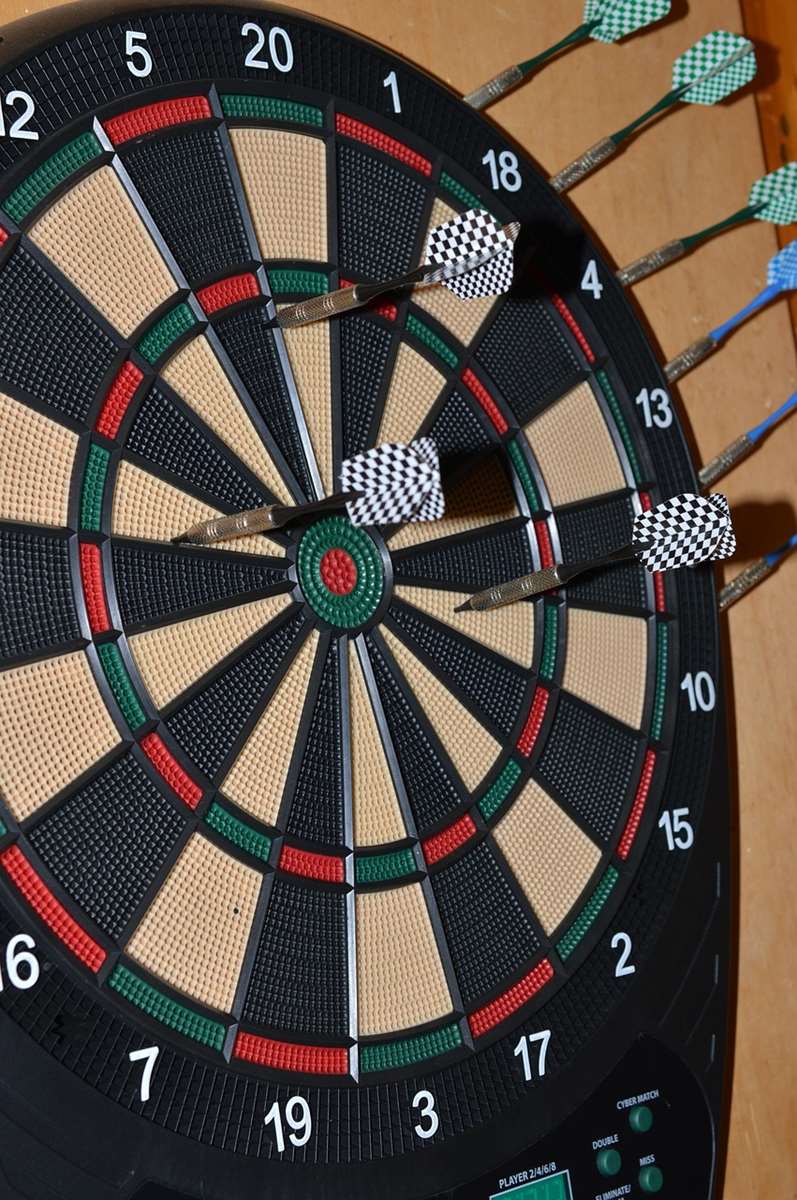
A common reason for high darts is an inconsistent release point. Your goal is to have the same release point for every single dart, allowing for predictability and fine-tuning. This necessitates a stable stance and a fluid throwing motion. This becomes crucial when focusing on specific targets, like the treble 20, or when attempting checkouts with calculated dart placements.
Analyzing Your Stance for High Dart Accuracy
Your darts throwing stance is the foundation of your throw. A wobbly or unstable stance will inevitably lead to inconsistent releases and potentially high darts. Consider these key elements:
- Foot Placement: Most players adopt a stance with their dominant foot slightly forward, angled towards the board. Experiment with different angles to find what feels most stable.
- Weight Distribution: Ensure your weight is evenly distributed or slightly forward. Avoid leaning back, as this can affect your throw.
- Body Posture: Maintain a straight back and relaxed shoulders. Tension in your body can translate into your throw, causing inconsistencies.
Practicing your stance regularly, even without throwing darts, can improve your stability and reduce the likelihood of high darts. Consistency here is paramount. You might also consider recording yourself to analyze your posture and identify areas for improvement.
The Role of Grip and Release in Preventing High Darts
Your grip on the dart and your release are intrinsically linked and play a crucial role in preventing high darts. A proper grip provides control, while a smooth release ensures the dart follows the intended trajectory. Many players experiment with different grips to find the perfect balance of control and comfort. Your darts flights uk can also impact the flight trajectory, influencing the final landing point.
Grip: A light, consistent grip is generally recommended. Avoid squeezing the dart too tightly, as this can create tension and affect your release. Experiment with different finger placements to find what feels most natural and secure.
Release: The release should be smooth and fluid, with a follow-through towards your target. Avoid snapping your wrist or jerking your arm, as this can cause the dart to deviate from its intended path. Focus on releasing the dart at the same point in your throwing motion every time. Visualizing the dart leaving your hand can be a helpful technique. Perfecting your master your throw takes time and diligent practice.
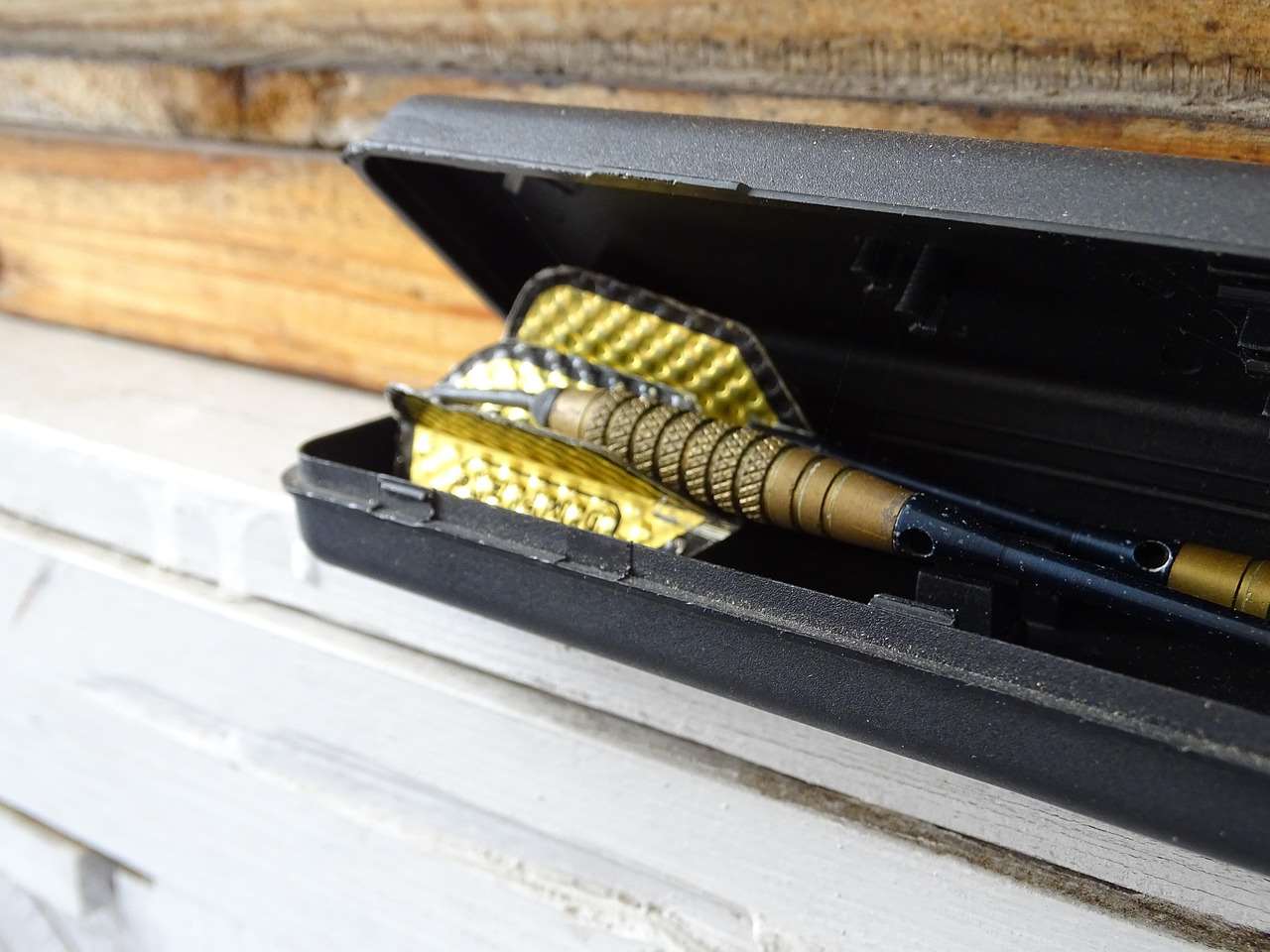
Adjusting Your Throwing Motion to Eliminate High Darts
Your throwing motion is the engine that drives the dart towards the board. A consistent and controlled motion is essential for accuracy. If you’re consistently throwing high darts, it’s time to examine your technique. A controlled throw, paired with a stable stance, makes all the difference when looking at the dart ergebnisse. If a dart app example can record your throw, analyze it to identify any hitches or inconsistencies.
Common Throwing Errors Leading to High Darts
- Releasing too Early: Releasing the dart before your arm is fully extended can cause it to fly high. Focus on extending your arm completely towards the target before releasing.
- Lifting the Elbow: Raising your elbow during your throwing motion can alter the trajectory of the dart, often resulting in high darts. Keep your elbow relatively stable throughout the throw.
- Jerky Motion: A jerky or uneven throwing motion can cause inconsistencies in your release and trajectory. Strive for a smooth and fluid motion from start to finish.
Mental Game and High Dart Syndrome
Sometimes, even with perfect technique, high darts can persist due to mental factors. Pressure, nerves, or a lack of focus can all contribute to inconsistent throws. Understanding and managing your mental state is crucial for consistent performance. Having the right mindset going into match darts blyth, or any important competition, is key.
Strategies for Improving Mental Focus
- Visualization: Before each throw, visualize the dart hitting your target. This can help you focus and improve your accuracy.
- Breathing Exercises: Deep, controlled breathing can help calm your nerves and improve your focus.
- Positive Self-Talk: Replace negative thoughts with positive affirmations. Believe in your ability to hit your target.
Remember, even the pros like darts champion mr waites face mental challenges. It’s about developing strategies to overcome them and maintain your focus under pressure.
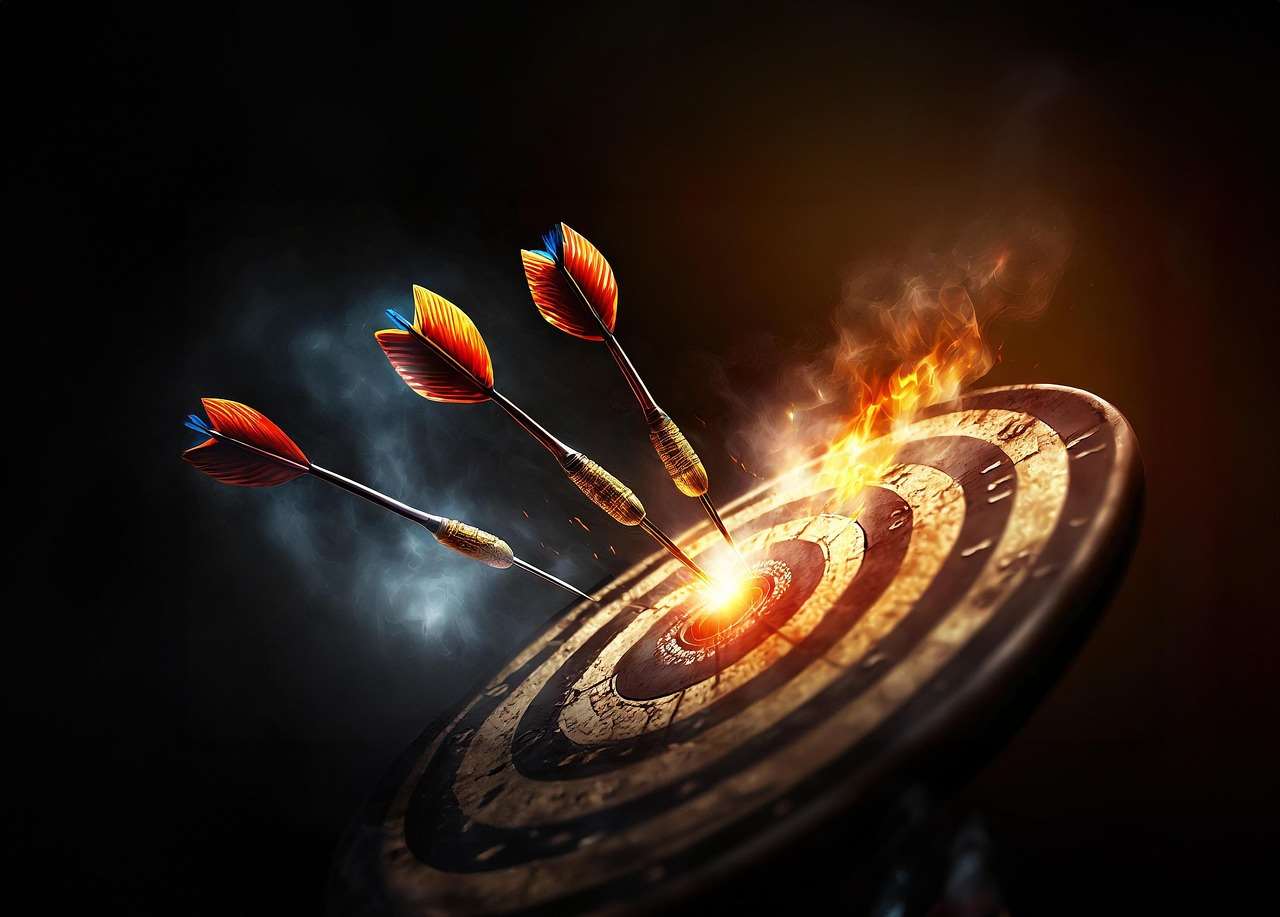
Equipment Considerations: Darts and High Dart Trajectory
Your equipment can also play a role in whether you’re throwing high darts. Experimenting with different darts, shafts, and flights can help you find the optimal setup for your throwing style. The weight and balance of the dart can significantly impact its trajectory and accuracy.
Choosing the Right Darts
- Weight: The ideal dart weight depends on your personal preference. Experiment with different weights to find what feels most comfortable and controllable.
- Grip: Different darts offer different grip patterns. Choose a grip that provides you with a secure and consistent hold.
- Balance: The balance of the dart can also affect its trajectory. Experiment with front-weighted, center-weighted, and rear-weighted darts to find what works best for you.
Practice Drills to Overcome High Darts
Consistent practice is the key to overcoming high darts. Implementing specific drills can help you isolate and correct the underlying issues. Remember to track your progress, perhaps with a Dart Counter App, so you can adjust your training as needed.
Targeted Practice Drills
- The “Around the Clock” Drill: Focus on hitting each number on the board in sequence, paying close attention to your stance, grip, and release.
- The “Treble 20” Challenge: Dedicate time to solely targeting the treble 20. This will help you refine your accuracy and consistency.
- The “Checkout Practice”: Practice specific checkouts to improve your ability to hit precise targets under pressure.
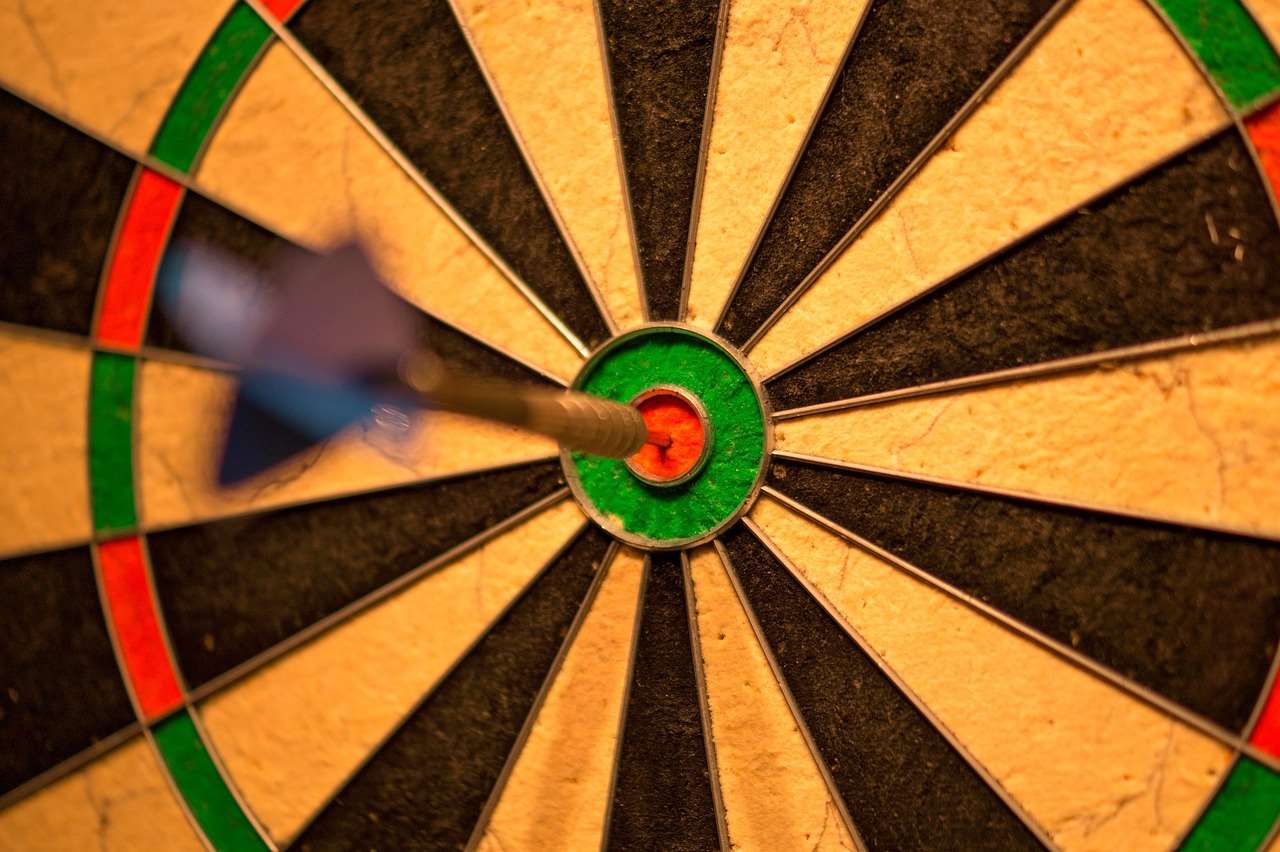
Record your scores in the darts sessions, noting any patterns or tendencies. This data can provide valuable insights into your performance and help you tailor your practice accordingly.
Advanced Techniques for High Dart Correction
Once you have a solid foundation in the fundamentals, you can explore more advanced techniques to further refine your accuracy and eliminate high darts. This might involve subtle adjustments to your stance, grip, or throwing motion. Looking at others’ scores in the darts and noting the strategies that work for them can be enlightening, too. This is especially relevant in contexts like checkout darts southport events, where precision is paramount.
Fine-Tuning Your Technique
- Micro-Adjustments: Pay attention to subtle adjustments in your stance and grip. Even small changes can have a significant impact on your accuracy.
- Visualizing Trajectory: Before each throw, visualize the trajectory of the dart. This can help you make subtle adjustments to your throwing motion.
- Seeking Expert Advice: Consider seeking advice from a experienced darts player or coach. They can provide valuable insights and help you identify areas for improvement.
Don’t underestimate the power of consistent practice. As you improve your technique, your confidence will grow, and you’ll be less likely to fall prey to the mental traps that can lead to high darts.
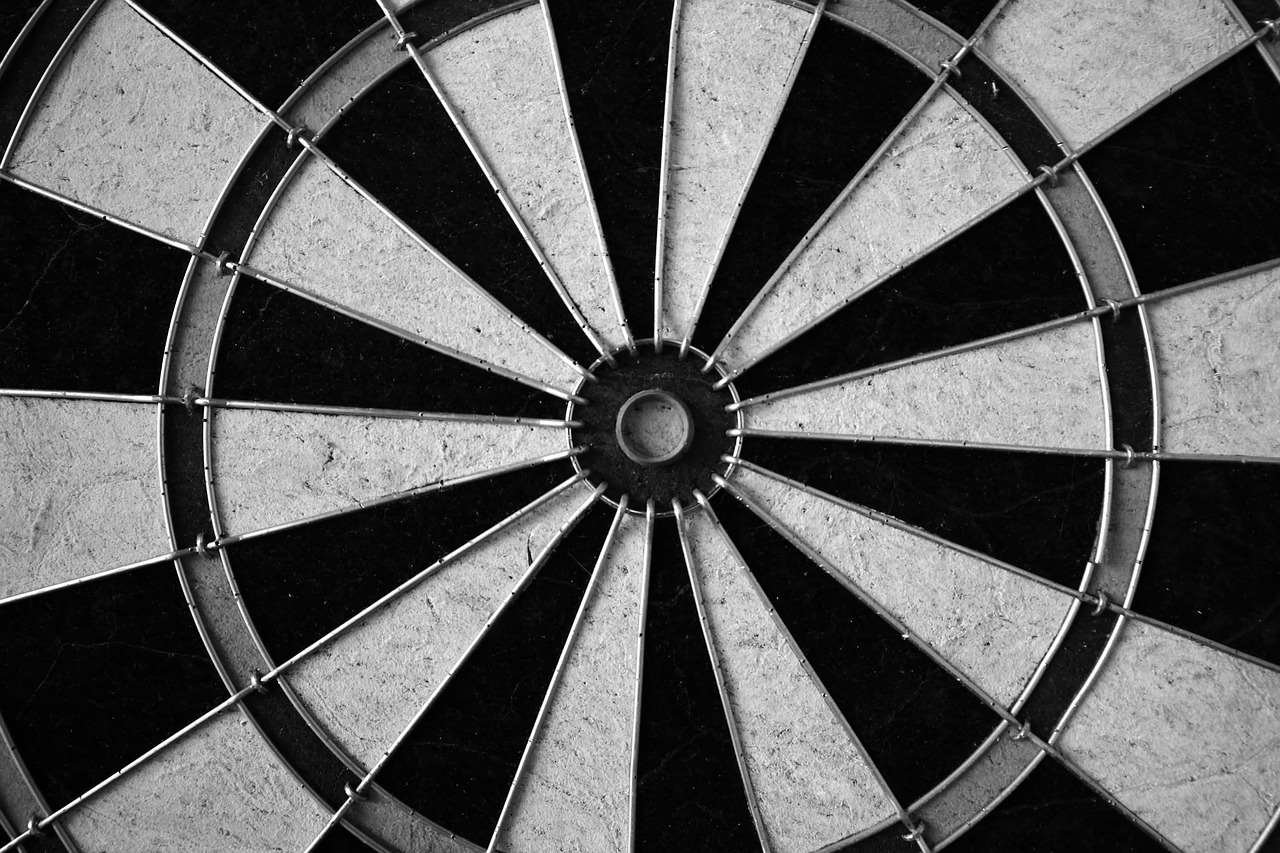
Maintaining Consistency and Preventing High Darts Long-Term
Preventing high darts isn’t a one-time fix; it’s an ongoing process of refinement and maintenance. Consistently reinforcing the correct techniques and proactively addressing any emerging issues is crucial. Remember, even the best players experience occasional dips in performance; the key is to have the tools and knowledge to get back on track.
Regularly reviewing your fundamentals, tracking your progress, and seeking feedback from others can help you maintain consistency and prevent high darts from becoming a recurring problem. The goal is to make the correct techniques second nature, so you can focus on the strategic aspects of the game.
Conclusion: Mastering High Darts for Improved Accuracy
Eliminating high darts requires a comprehensive approach that addresses your stance, grip, release, throwing motion, mental game, and equipment. By understanding the root causes and implementing the strategies outlined in this article, you can significantly improve your accuracy and consistency on the dartboard. Remember to practice diligently, track your progress, and seek feedback from others. The journey to mastering high darts is a continuous process of learning, refinement, and dedication, and with consistent effort, you can elevate your game to new heights. Now, step up to the oche and put these techniques into practice!
Hi, I’m Dieter, and I created Dartcounter (Dartcounterapp.com). My motivation wasn’t being a darts expert – quite the opposite! When I first started playing, I loved the game but found keeping accurate scores and tracking stats difficult and distracting.
I figured I couldn’t be the only one struggling with this. So, I decided to build a solution: an easy-to-use application that everyone, no matter their experience level, could use to manage scoring effortlessly.
My goal for Dartcounter was simple: let the app handle the numbers – the scoring, the averages, the stats, even checkout suggestions – so players could focus purely on their throw and enjoying the game. It began as a way to solve my own beginner’s problem, and I’m thrilled it has grown into a helpful tool for the wider darts community.